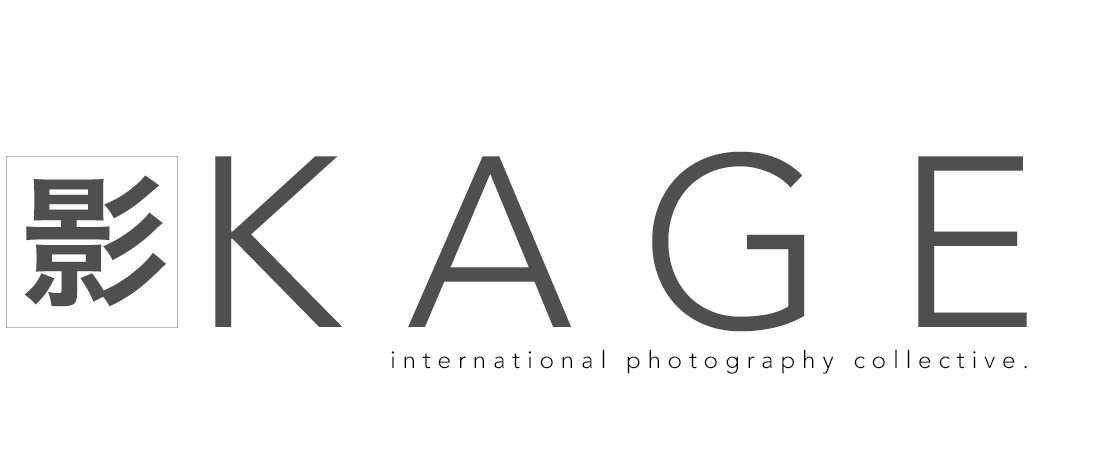“A portrait is not made in the camera, but on either side of it.”
It took me a while to figure out why I was often really nervous before a portrait shoot, especially if it was for a new client, in a new location, or with lighting gear I hadn’t used before – until I realised the nerves I was feeling were entirely familiar, and something I’d felt before: years ago, as an actor waiting to go on. Stage fright. I was worried about my performance in the role of ‘photographer’ on this set.
But that’s exactly what it is: you’re acting in a certain way, and getting a reaction to that performance from your subjects which you capture in camera - whether it’s a matter of creating trust between you, getting a smile out of them or putting them into an introspective mood for a more reflective portrait.
The dance you do, the show you put on – be it Avedon keeping the sitter waiting, then swooping in full of sound and fury to make The Avedon Portrait, or a more collaborative approach, a more coaxing style – it's what makes your images what they are.
But there’s more to it than that.
From 1990 – 2002, I owned two cameras, one after the other: my Dad’s Canon FTb, and a Canon T-90; since 2002, I’ve owned:
- Canon EOS 3
- Canon D60
- Canon 10D
- Canon 1DMkII
- Voigtlander Bessa
- Canon G3
- Fuji F11
- Ricoh GR-D
- Canon 1DMkIII
- Hasselblad X-Pan
- Canon 400D
- Canon G9
- Leica D-Lux 4
- Epson R-D1s
- Canon S90
- Canon 500D
- Canon 1D Mark IV
- Fuji X100
- Fuji X-Pro 1
- Canon 5D Mark III (well, two of those)
Now, does anyone else think that’s just a little excessive? That’s a new camera every EIGHT MONTHS, not including the six iPhones I've owned in that time. (I should note, I'm still using lenses I bought in 2002 with the EOS 3 - good glass lasts!)
What I’ve learned is that changing from camera to camera is never frictionless. And I don’t just mean that you lose money on it, I mean that you become for some amount of time, a worse photographer than you were before. It’s actually counter-productive, in some way, to upgrade – because you become distracted from what you’re photographing by trying to figure out how the camera works.
It should be as natural as driving a car – who hasn’t hopped into a rental car at some stage, and spent half the trip cleaning the windows when they meant to change lanes? Or worse still, switched which side the steering wheel’s on, and you keep rolling down the window trying to find second gear? That’s not the ideal – just like with your camera.
You have the freedom in photography to do whatever you want; which begs the question, how do you know what you want? There’s a never ending parade of answers of things to try (shoot with a fixed lens for a week, shoot with a plastic camera for a month, try a different format or frame size & shape, etc) – but I’ll throw in my 2c, which is just to learn how what you have works before moving on to something newer; aim for that point at which your camera is invisible to you, you're reacting beyond thought, and you can make crucial changes on it without even being aware that you’re doing so.
It’s like my (half-assed) attempts to play guitar in my spare time – when I got a Telecaster a few years ago, I specifically bought an amp that had lots of built in digital effects and sounds I could muck around with, to find out which ones I actually LIKED having, before committing to any pedals or effects units of my own. If only there were ‘modelling’ cameras that would let you try different styles out! (Okay, I said that first, don’t everyone go inventing them now!)
And like my (half-assed) attempts to play guitar – if I don’t practice, I’ll never get any better. No amount of book-learnin’ will ever compensate for time spent with the instrument in my hands, doing what it’s meant to do. No investment in better gear will ever make as much difference as investment in making myself better at playing it!
So get out there, photographing things, spending time bonding with your camera – and while you’re at it, once you’ve got something you’re happy with, try shooting the same subject the exact opposite of how you’d normally do it. Pretend to be a different photographer, or at least a photographer with the opposite intent: instead of making a scene look good, try making it look bad, sad, lonely, dark, moody, alone – anything that will push you in a different direction mentally and make you think harder about how you’re choosing to portray things.
But overall, the best way to create interesting images is surely this: to live a good, full and interesting life.
If the camera, as was originally thought, captures a bit of the soul of the subject, then surely it captures even more of the soul of the person operating it, making all the creative decisions behind each image, the framing, depth of field, blur or lack of blur, grain or lack of grain, print size, paper choice, etc. The more you’ve seen, done, and lived, the more soul, personality, and unique identity you have to offer in each and every image.
So do that – live well, when opportunities come up, grab them. Introduce yourself to people / places / things you know nothing about – and, while you’re there, take a photo or two. Mix your soul with theirs, in this bizarre digital alchemy that goes on in our little black boxes.
Then, show us what you’ve found.


